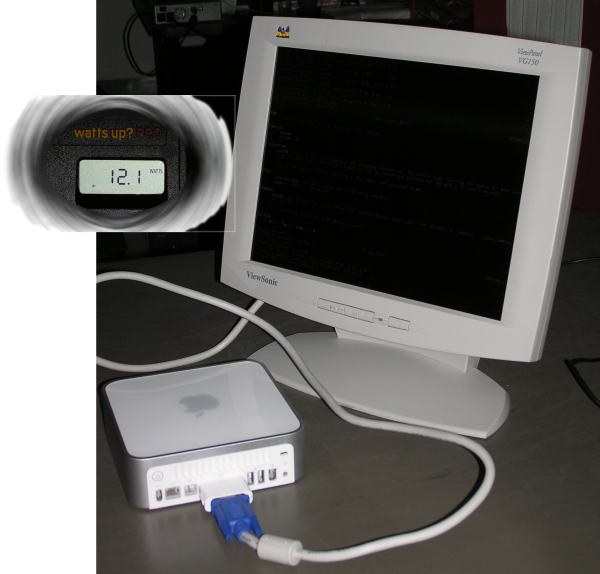

The display isn't going anywhere, so all that would save you is having to connect one extra power cable to your surge protector, which isn't a big inconvenience in the first place. In terms of a display receiving power over USB-C, here again that doesn't make a ton of sense. Having to connect a separate power cable on a desktop isn't a big deal since you won't be connecting/disconnecting it all the time, and typically people have plenty of wall outlets or a surge protector for power cables. And another reason is that since desktops aren't designed to come and go like laptops are, there isn't as much value to having a desktop receive power over USB-C even if 100W would be sufficient. That's partly because some desktops require more than 100W of power (in fact even some laptops require more than that). (Some Dell USB-C displays even have built-in Ethernet, so that single USB-C cable can give your system a wired Ethernet connection to your network as well.)īut desktops like the Mac Mini typically don't support being powered over USB-C. For a laptop that you might take with you sometimes, that is quite convenient because it means you only have to connect/disconnect a single cable, rather than separate cables for power, video, and USB. Since USB-C can carry power, video, and USB data all simultaneously, if you have a display that supports providing USB PD power and also has built-in USB ports for other peripherals, you can connect your laptop to that display using only the USB-C cable and you will be charging your laptop, sending a video signal, and working with USB peripherals plugged into that display - all through that single cable.

And USB PD when it comes to displays is typically implemented to allow the display to provide power to an attached system, like a laptop, not draw power from it. USB PD when it comes to systems is typically found on laptops in order to allow them to be charged via USB-C. Some USB-C connectors only provide basic "legacy" USB power without supporting the USB PD spec at all. But not every device with a USB-C connector is required to support being powered that way, and not every device with a USB-C connector is required to support providing that much power. The spec currently allows for up to 100W. USB Power Delivery is a specification that allows sending various levels of power over USB-C connectors.


 0 kommentar(er)
0 kommentar(er)
